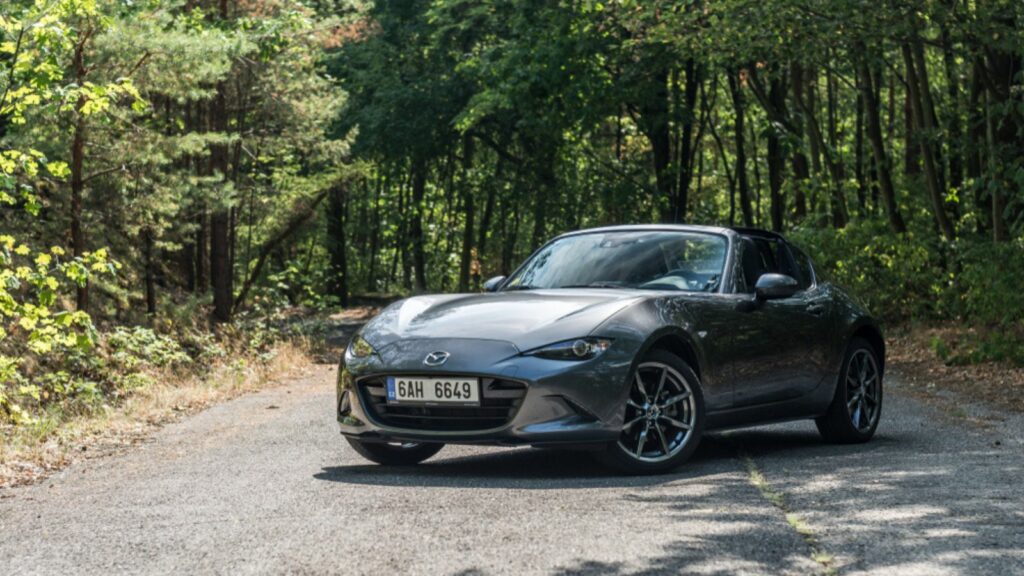Few things stir the soul like driving a brand new sports car off the lot. The rush of acceleration, the sharp styling, and the joy of finally owning a machine that turns heads never get old—at least not at first. But for some owners, the thrill fades faster than expected. After a year of real-world driving, cracks begin to show. High maintenance costs, poor daily usability, disappointing performance, and reliability gremlins all start creeping in. What seemed like a dream purchase quickly turns into a regret. Here are the sports cars that too often leave owners underwhelmed after just twelve months.
Nissan 370Z
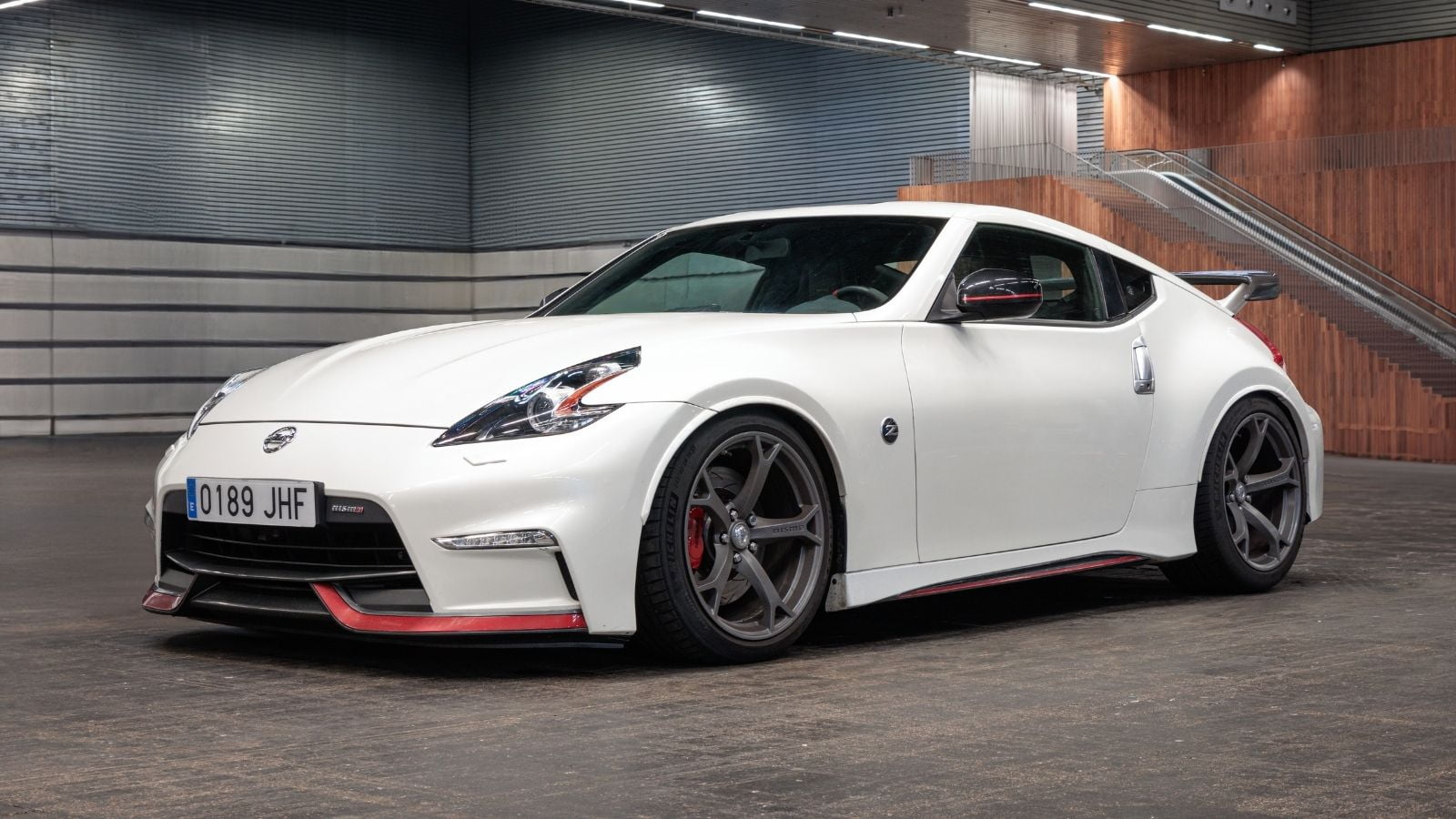
The Nissan 370Z was supposed to be an affordable slice of sports car history, carrying the legendary Z nameplate forward. On paper, the 3.7 liter V6 delivers decent power, and the styling still looks aggressive. But once the novelty wears off, many owners find the car stuck in the past. The cabin feels cramped and outdated, with tech and materials that lag far behind competitors. Reliability has been solid, but the car feels more like a relic than a rival to modern coupes. After a year, resale values drop sharply, leaving many wishing they had spent a little more for something fresher.
Ford Mustang EcoBoost
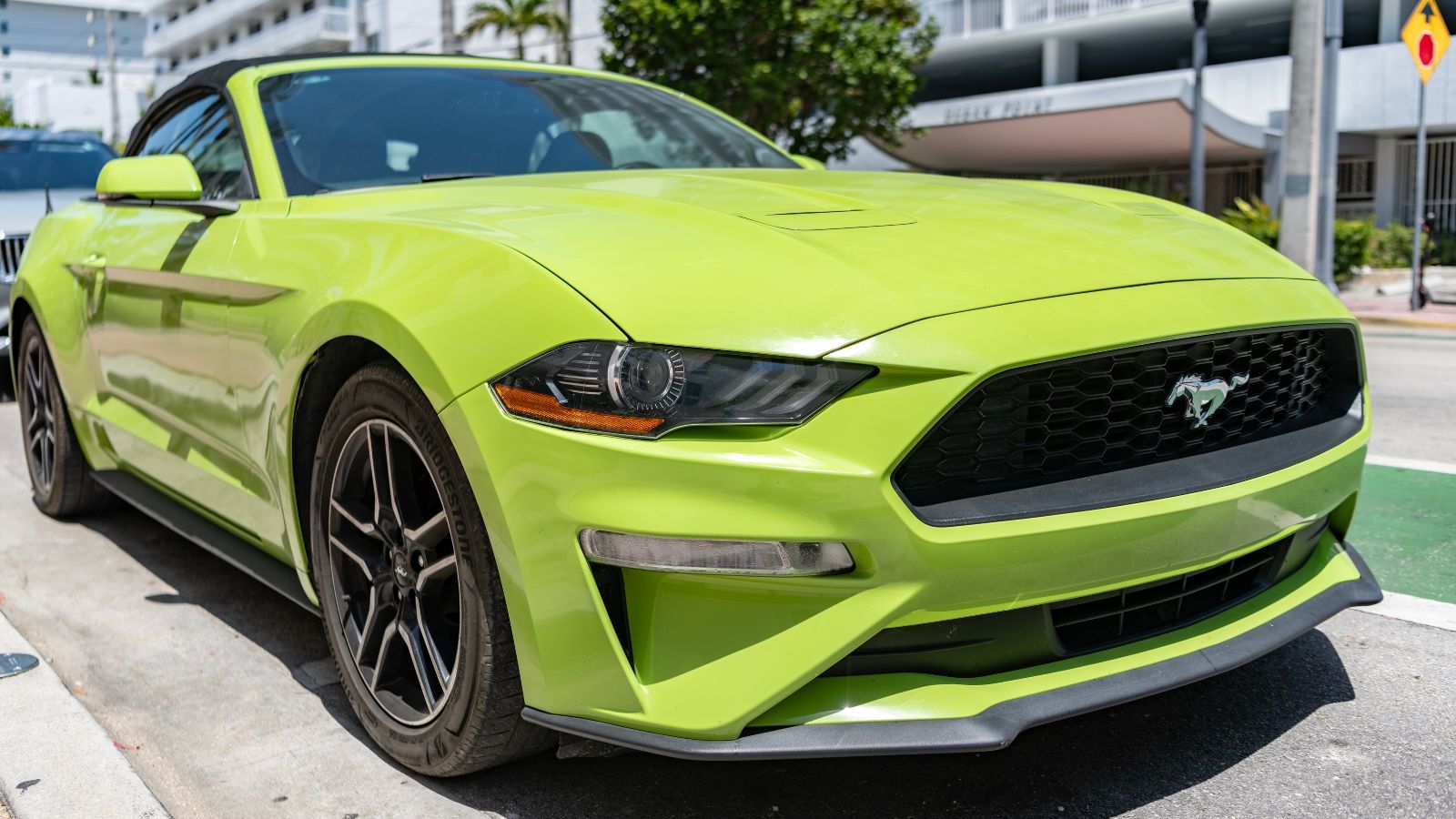
The Ford Mustang is an icon, but the entry-level EcoBoost version often disappoints once the thrill of ownership fades. The turbocharged four cylinder is quick enough on paper, yet it lacks the muscle car soundtrack and visceral punch buyers expect from the Mustang badge. After a year of ownership, many drivers complain that it feels more like a sporty commuter than a true performance car. Worse still, used values of EcoBoost models drop faster than their V8 counterparts, meaning regret often extends to the wallet when it comes time to sell or trade in.
Toyota GR Supra
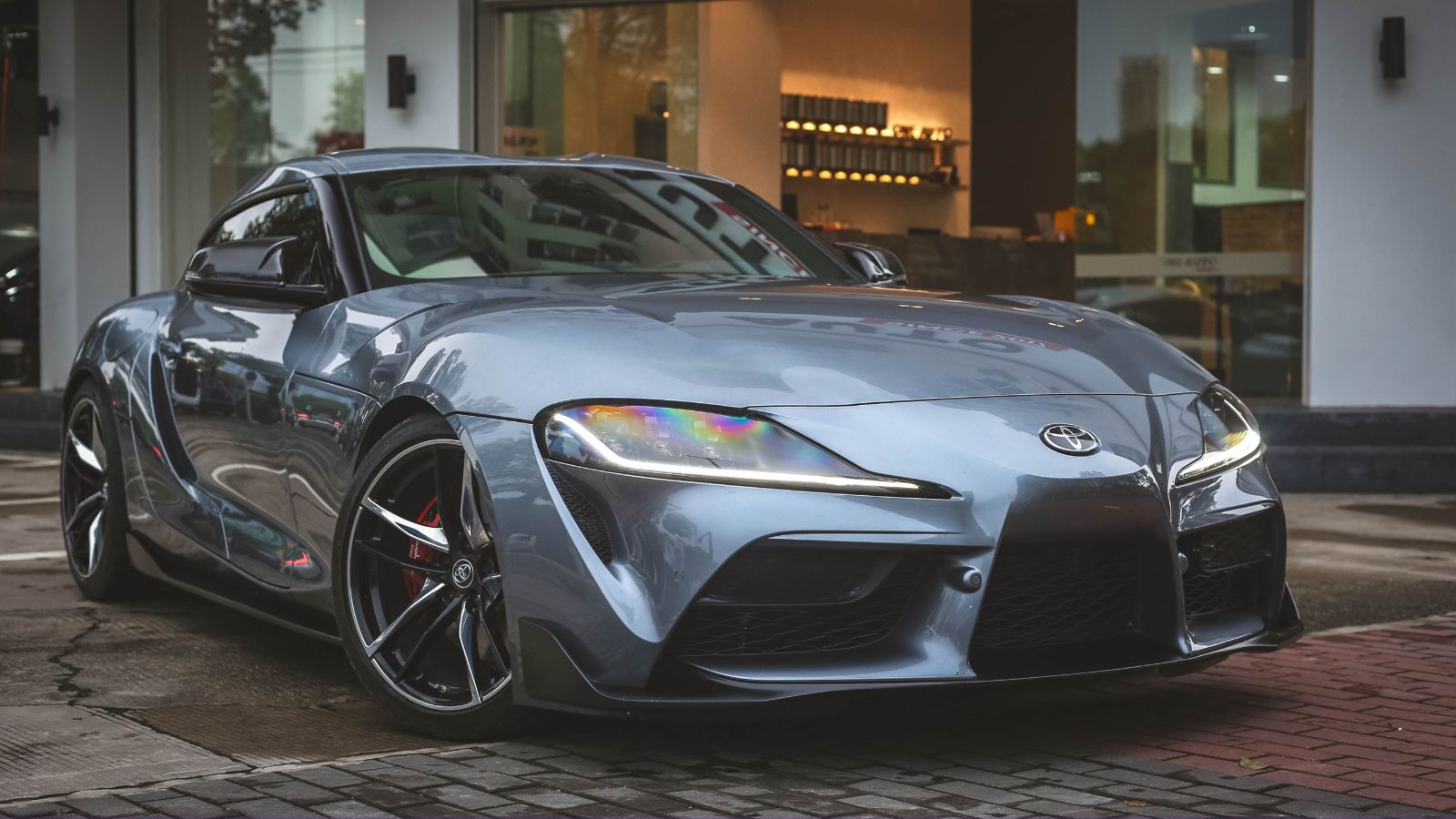
When Toyota revived the Supra, expectations were sky-high. The reality was a sports car heavily co-developed with BMW. While fast and sharp to drive, reliability issues have surfaced for some owners, and maintenance costs can be far steeper than buyers expected from a Toyota product. The BMW-sourced interior and electronics have their quirks, and parts prices catch newcomers off guard. By the end of the first year, many owners feel the Supra lacks its own identity, leaving some disappointed that they bought into the hype rather than the heritage.
Chevrolet Camaro
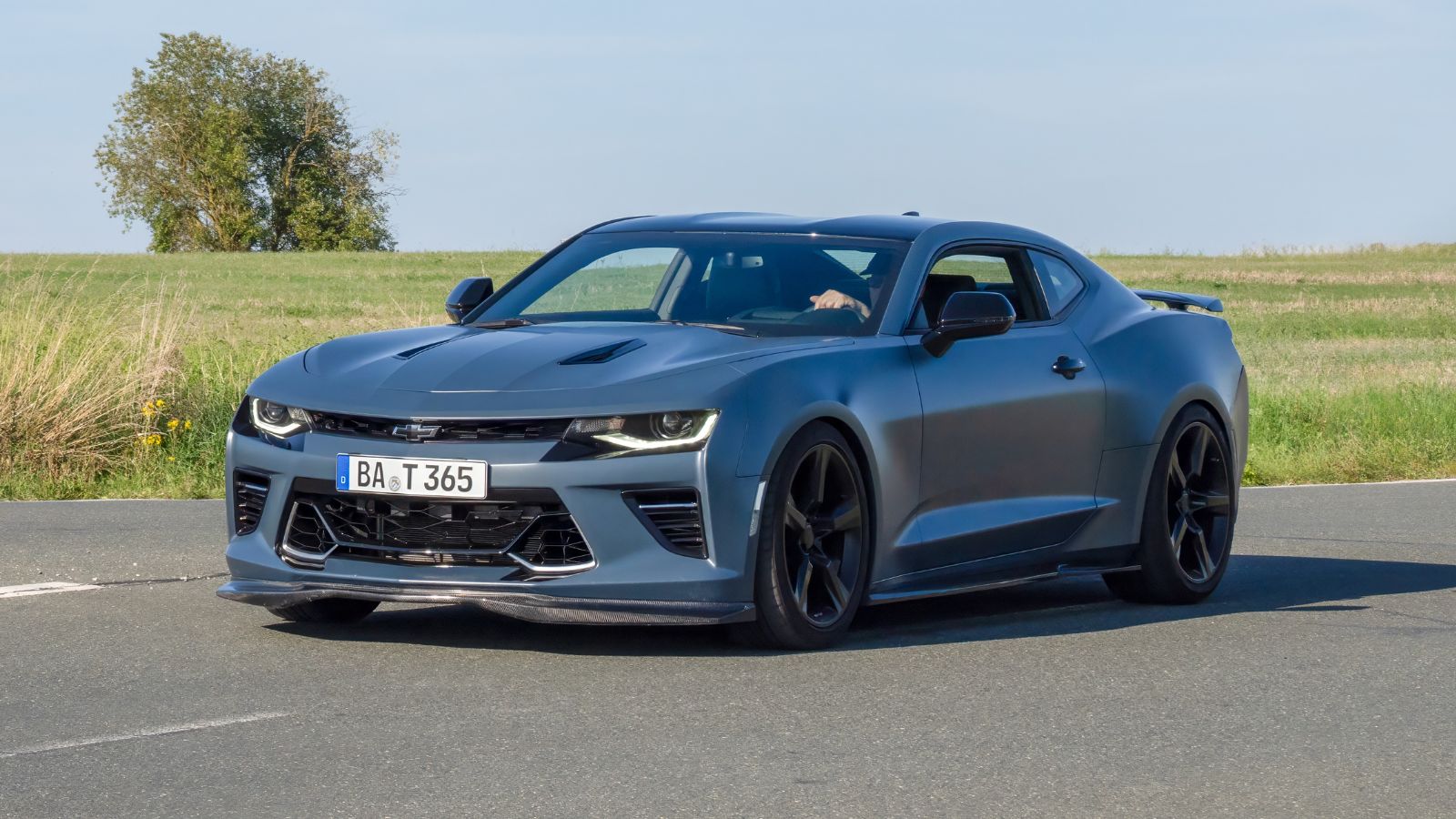
The Camaro delivers raw performance and plenty of power, but the compromises make themselves clear over time. The visibility is notoriously bad, creating daily driving frustrations. Rear seats are nearly useless, trunk space is minimal, and the cabin feels cramped. Even though the car is quick, many owners get tired of wrestling with its poor ergonomics. Insurance premiums are high, fuel economy is low, and resale value drops fast compared to rivals. After a year, owners often realize the Camaro shines at the drag strip but struggles everywhere else.
Mazda MX-5 Miata RF
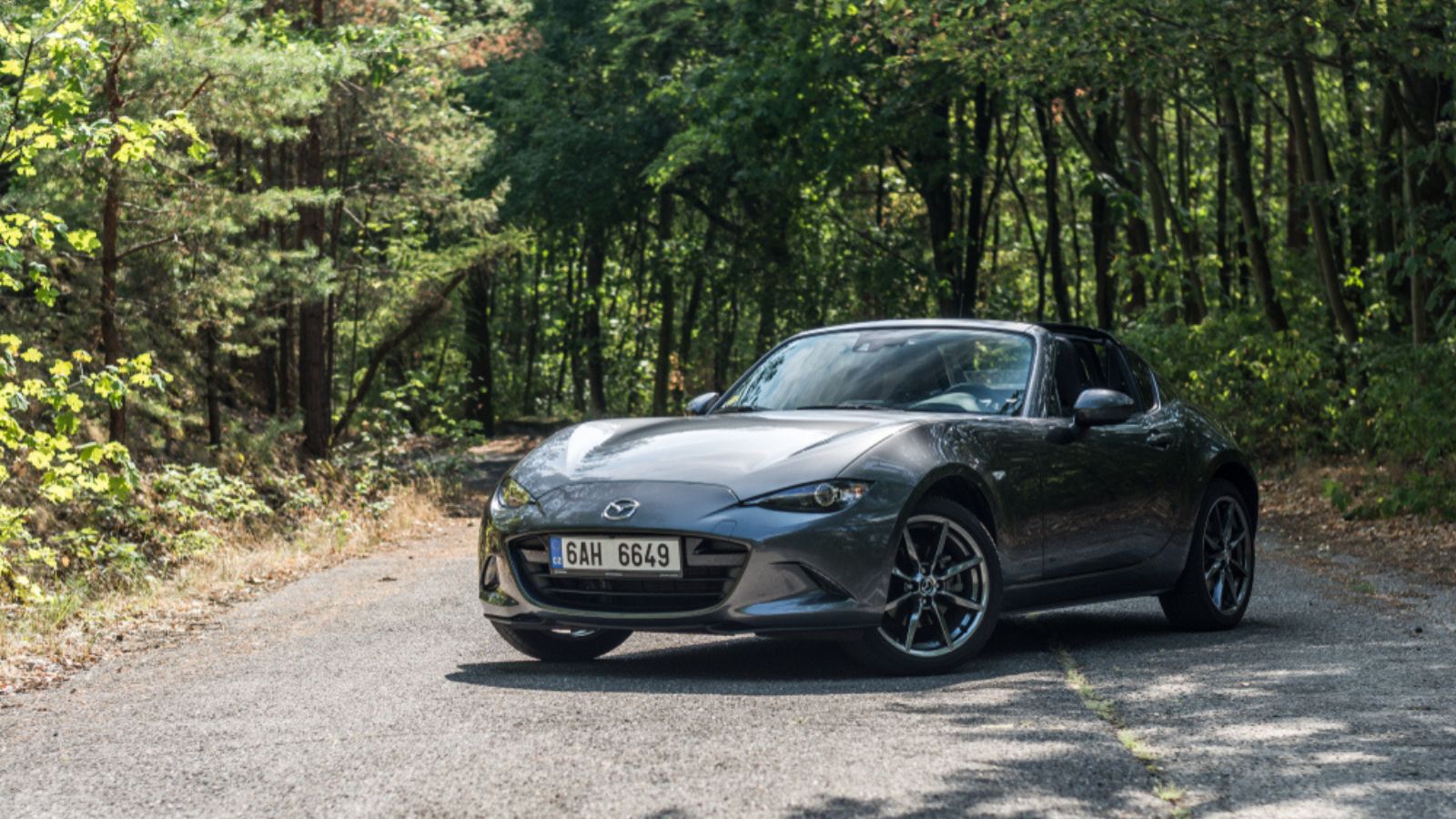
The Miata remains beloved by enthusiasts, but the retractable hardtop RF version leaves some buyers wishing they had chosen differently. The roofline cuts into headroom, making the cabin feel more cramped than the soft top model. The modest trunk space, combined with limited horsepower, wears thin for drivers trying to use it as a daily commuter. A year in, the novelty of lightweight handling sometimes gives way to frustrations about noise, lack of space, and the inability to keep up with modern hot hatches. Owners who expected practicality often end up disappointed, even though enthusiasts still defend its charm.
Dodge Challenger SXT
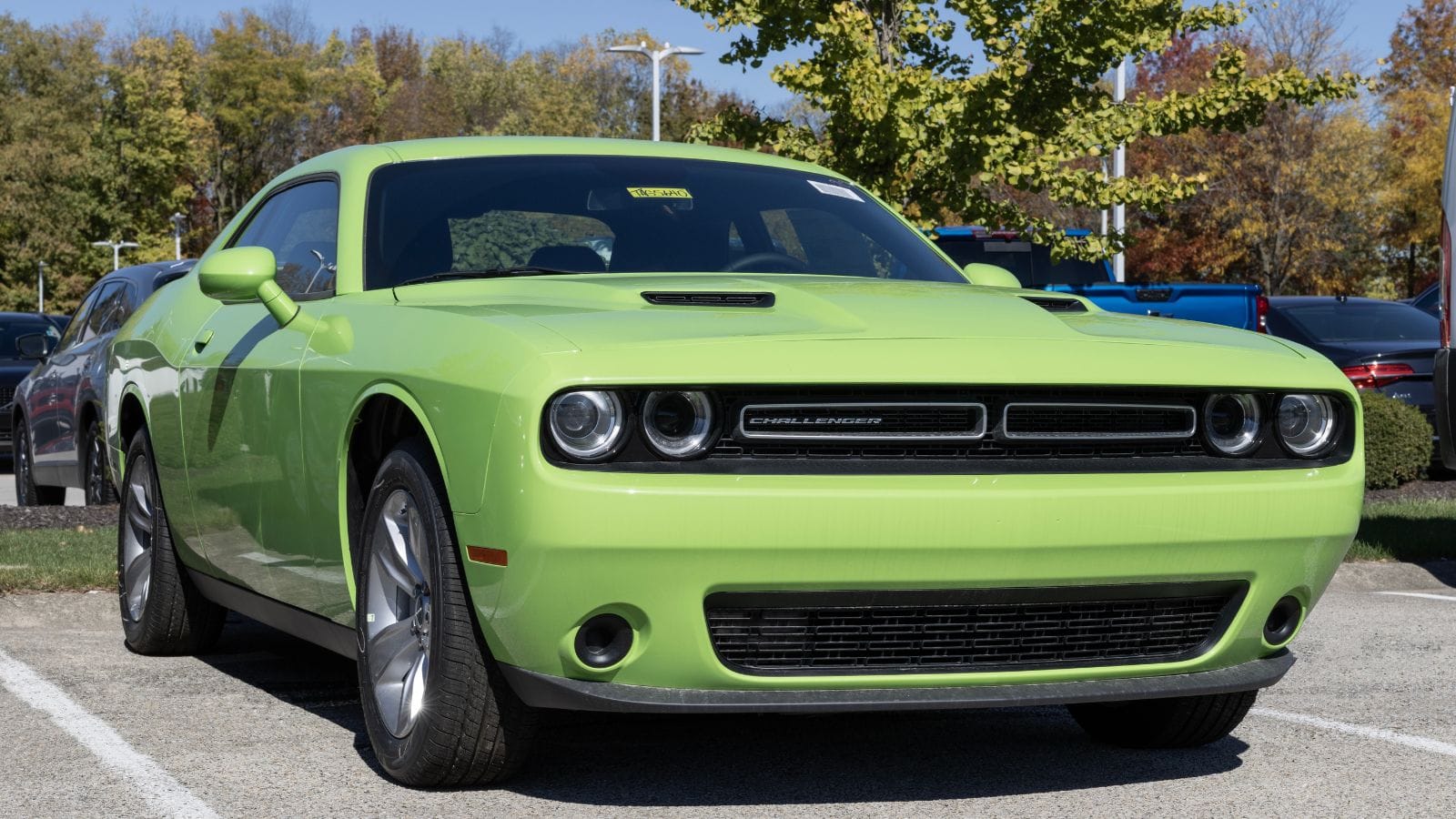
The Dodge Challenger SXT looks like a muscle car dream, but the reality is less exciting. With only a V6 under the hood, its massive body feels slow and heavy compared to the styling. While it is comfortable as a cruiser, it fails to deliver the thrill buyers expect from its aggressive looks. After a year, fuel costs add up quickly, and insurance rates can be surprisingly high for a car that lacks serious performance. Resale values also drop sharply, as most used buyers are shopping for the V8 models, leaving SXT owners feeling stuck with an underwhelming version of an otherwise iconic car.
Subaru BRZ and Toyota GR86
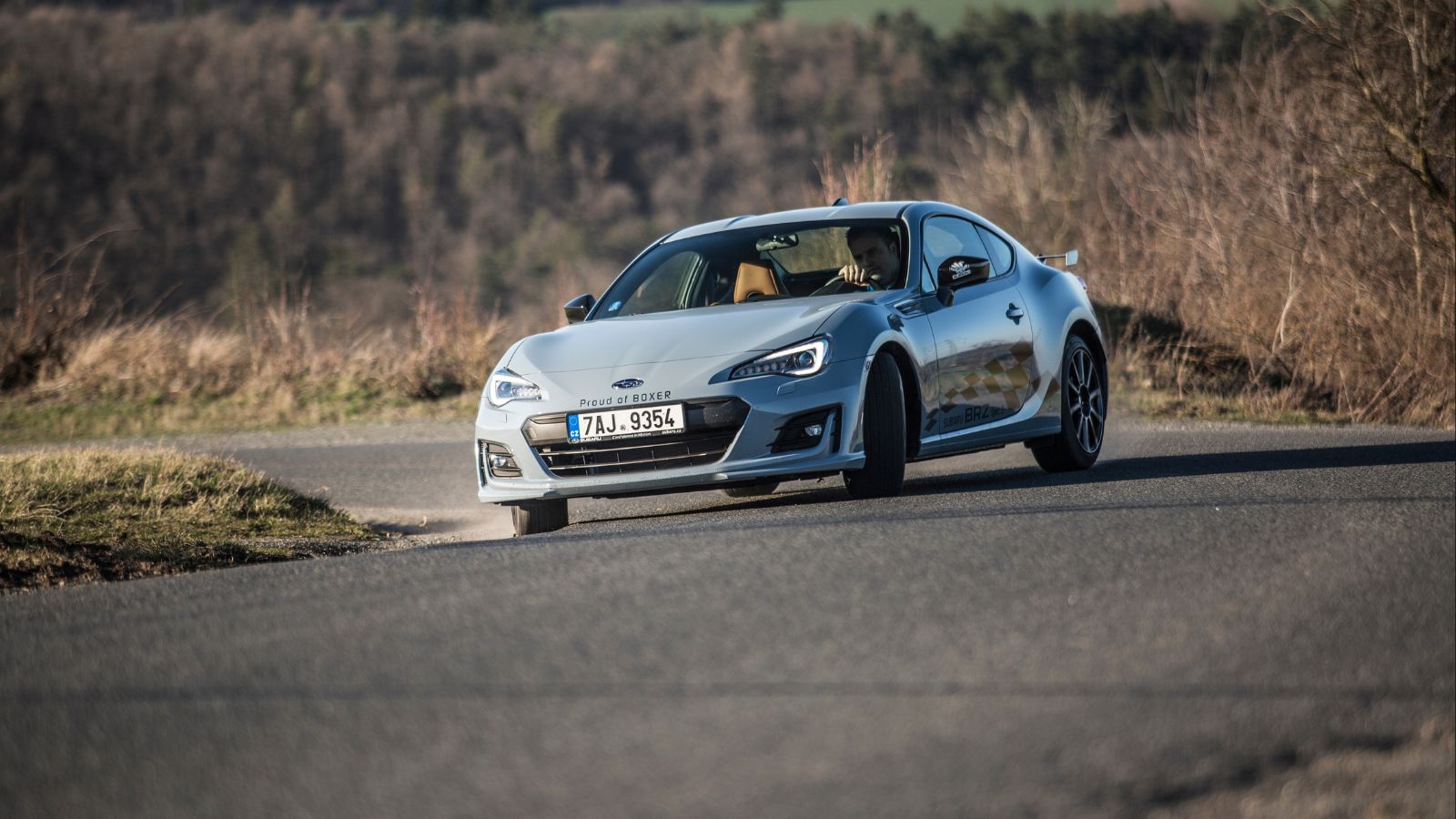
These lightweight twins win over enthusiasts with balance and precise handling, but they demand compromises. The back seats are barely usable, cabin noise is high, and the engines often feel underpowered. After a year, buyers who wanted a fun daily driver often find the lack of torque frustrating, especially on highways. Reliability has generally been solid, but running costs are higher than expected for a car of its size, thanks to pricey tires and insurance rates. Resale values are steady among enthusiasts, but mainstream buyers often shy away, leaving some owners disappointed when it comes time to move on.
Alfa Romeo 4C
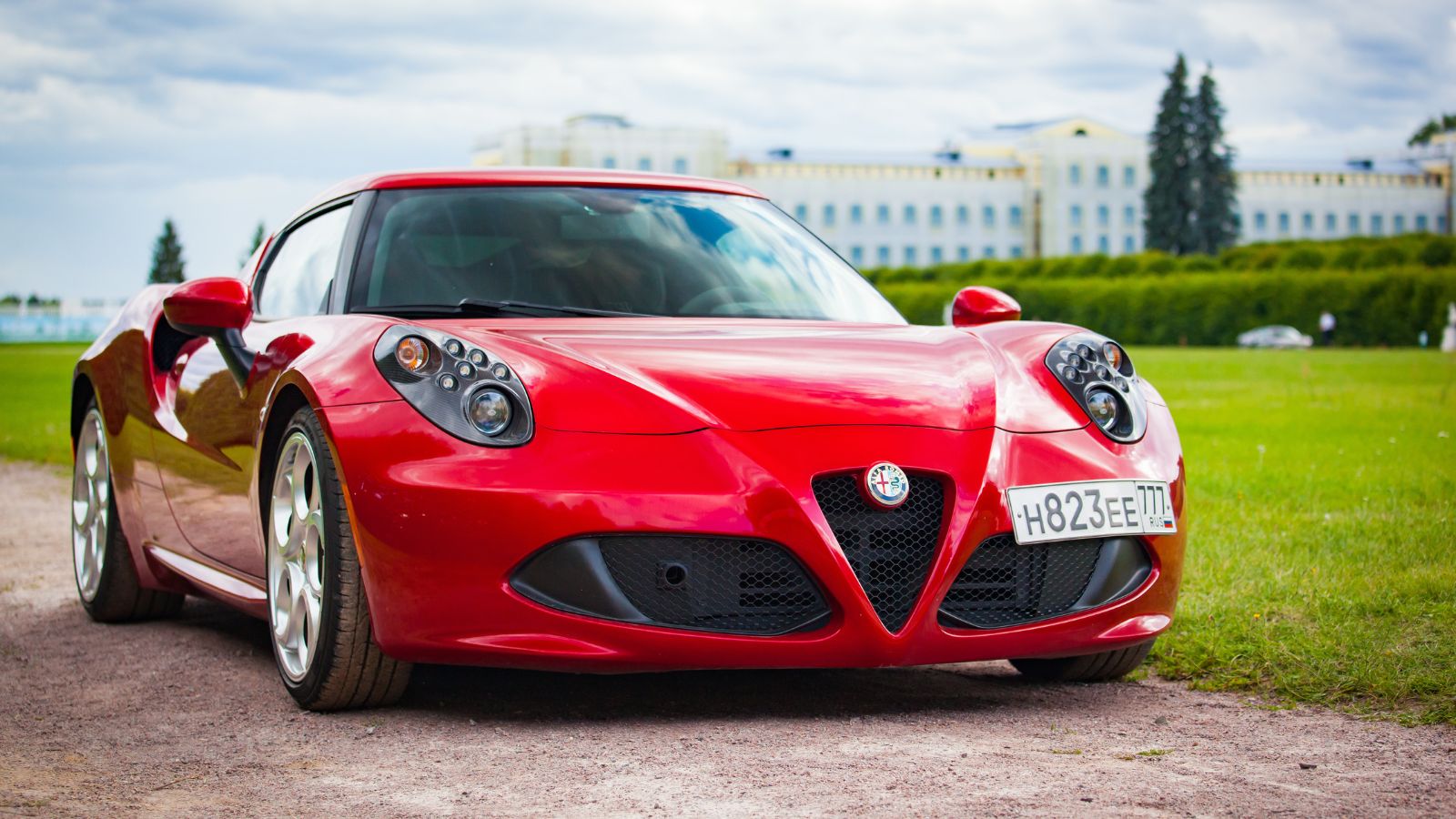
The Alfa Romeo 4C delivers exotic looks at a relatively accessible price, but the dream fades quickly. The ride is punishing, the interior is stripped bare, and cabin noise is relentless. Reliability issues start surfacing early, with owners reporting electronic glitches and expensive repairs even within the first year. Insurance is costly, parts take time to arrive, and resale values tumble. What feels like a bargain Italian exotic in the showroom too often turns into a frustration after months of real-world use.
Porsche Cayman 718 Four Cylinder Models
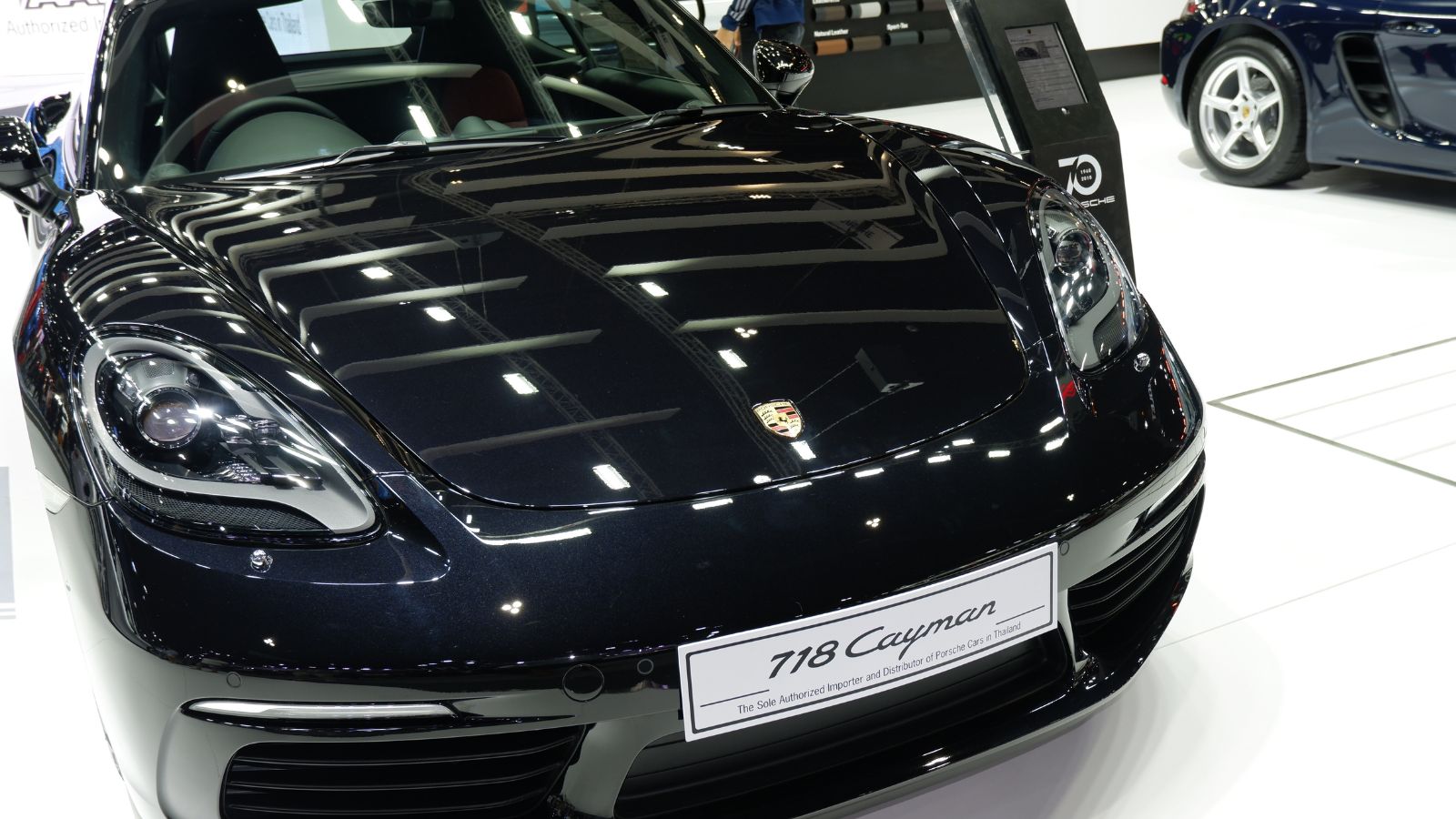
The Cayman is one of the finest handling sports cars ever made, but the entry-level four cylinder turbo models leave many buyers disappointed. While performance is quick, the flat-four engine lacks the emotional soundtrack Porsche buyers crave. After a year, many owners feel they should have stretched for the six cylinder versions, which hold value far better and deliver the soul expected of a Porsche. Maintenance costs are high across the lineup, so buying the cheaper model only highlights what is missing.
The Harsh Reality of Sports Car Ownership
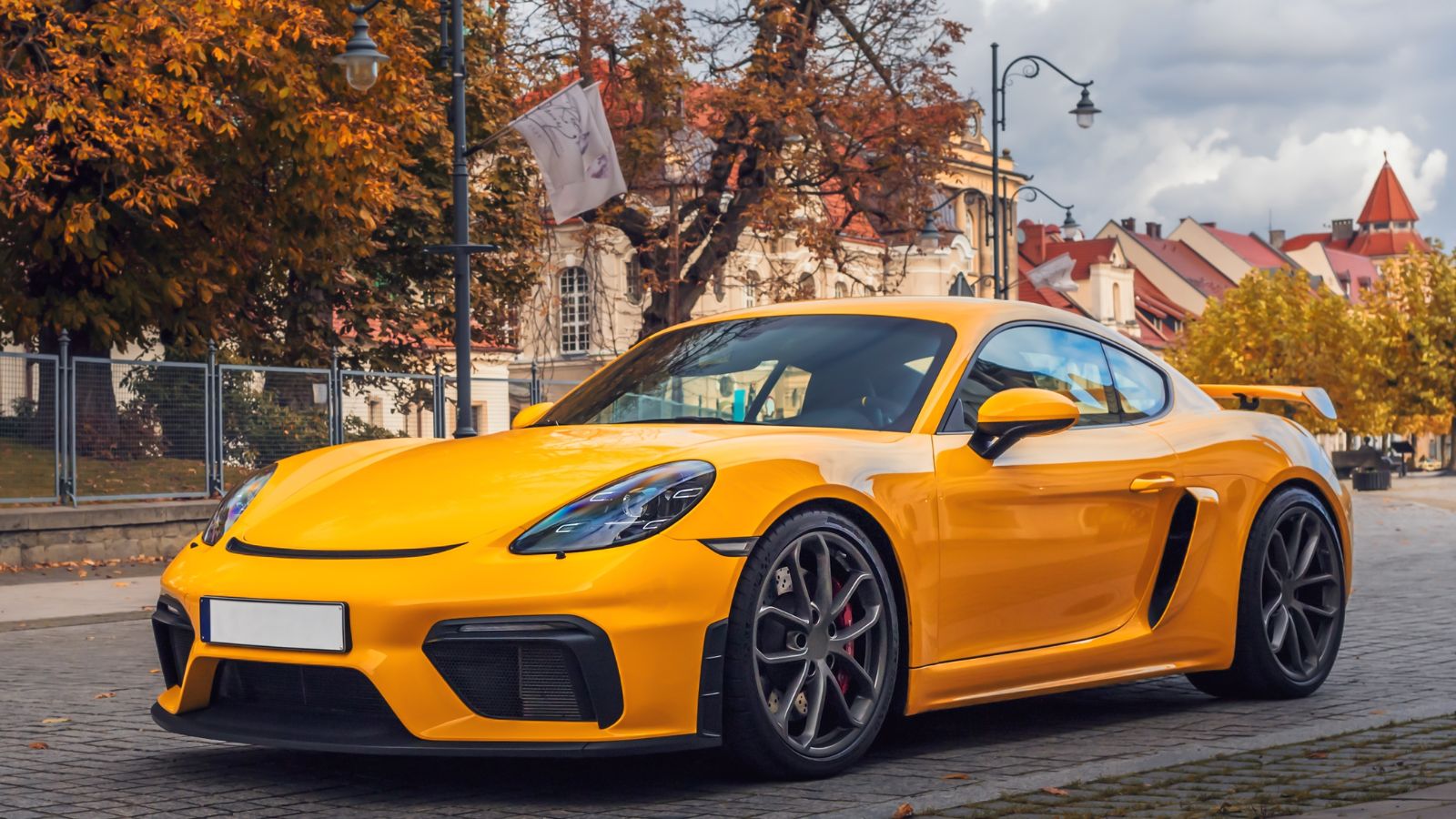
Sports cars spark passion, but living with one every day exposes their compromises. Visibility issues, poor practicality, unexpected repair bills, and weak resale values all contribute to buyer regret. A test drive can blind drivers to flaws that only become obvious after months of ownership. Insurance premiums, fuel costs, and daily livability often bring owners back down to earth.
The truth is that some sports cars are engineered more for showroom appeal than real-world use. A year later, the cracks show, and disappointment sets in. For those dreaming of buying a sports car, the lesson is simple. Look past the styling and the brochure promises. Think about resale value, reliability, and how the car will fit into your daily life. Otherwise, the thrill of ownership may only last twelve short months before reality hits.
25 Facts About Car Loans That Most Drivers Don’t Realize

Car loans are one of the most common ways people fund car purchases. Like any other kind of loan, car loans can have certain features that can be regarded as an advantage or a disadvantage to the borrower. Understanding all essential facts about car loans and how they work to ensure that you get the best deal for your financial situation is essential. Here are 25 shocking facts about car loans that most drivers don’t realize:
25 Facts About Car Loans That Most Drivers Don’t Realize
